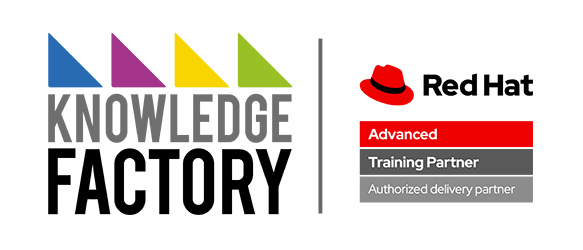Overview
Course description
Helping Java SE developers write Java EE applications
Red Hat Application Development I: Programming in Java EE (JB183) exposes experienced Java Standard Edition (Java SE) developers to the world of Java Enterprise Edition (Java EE).
This course is based on Red Hat® Enterprise Application Platform 7.0.
n this course, you will learn about the various specifications that make up Java EE. Through hands-on labs, you will transform a simple Java SE command line application into a multi-tiered enterprise application using various Java EE specifications, including Enterprise Java Beans, Java Persistence API, Java Messaging Service, JAX-RS for REST services, Contexts and Dependency Injection (CDI), and JAAS for securing the application.
Following course completion, you will receive a 45-day extended access to hands-on labs for any course that includes a virtual environment.
Course summary
- Generating multi-tiered Java EE applications.
- Packaging and deploying Java EE applications.
- Creating Enterprise Java Beans, including message-driven beans.
- Managing persistence.
- Creating REST services with JAX-RS.
- Implementing Contexts and Dependency Injection.
- Creating messaging applications with JMS.
- Securing Java EE applications with JAAS.
Audience for this course
This course is designed for Java developers who want to learn more about the specifications that comprise the world of Java Enterprise Edition (Java EE).
Prerequisites for this course
- Proficiency in developing Java SE applications, with 2+ years of experience required
- Proficiency in using an IDE such as Red Hat Developer Studio or Eclipse
- Experience with Maven is recommended but not required
